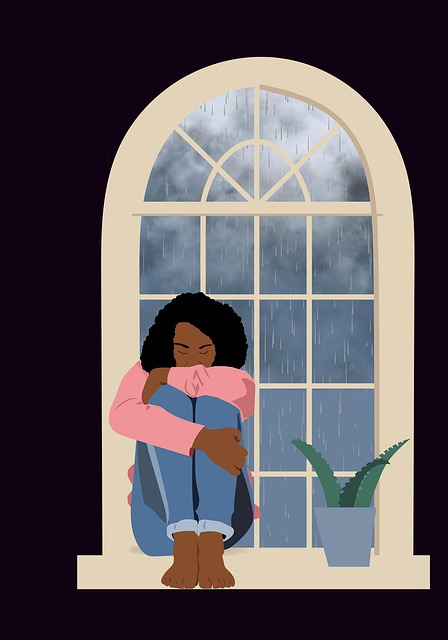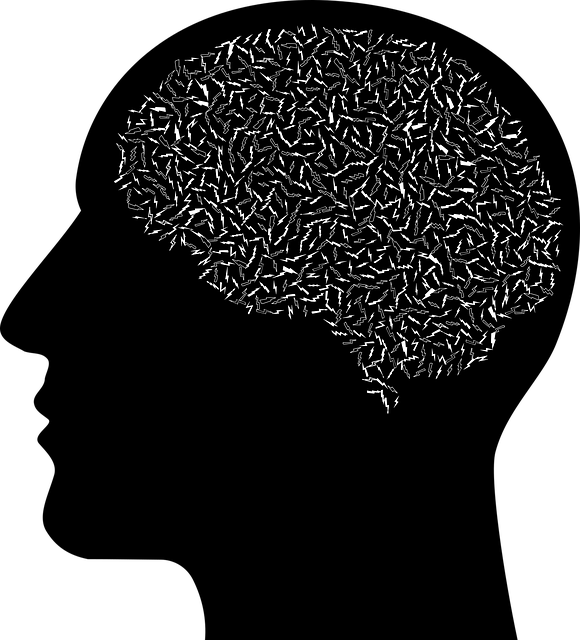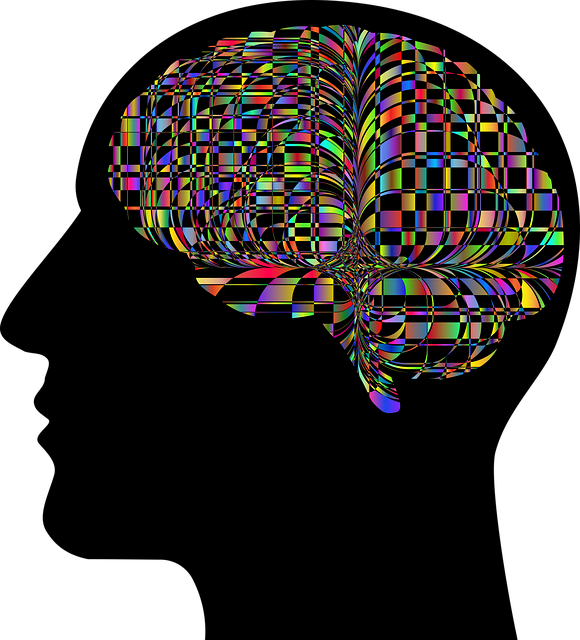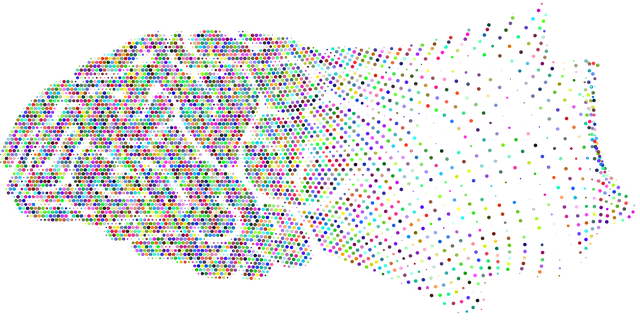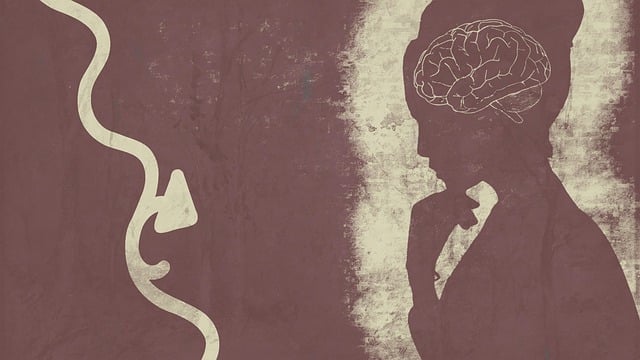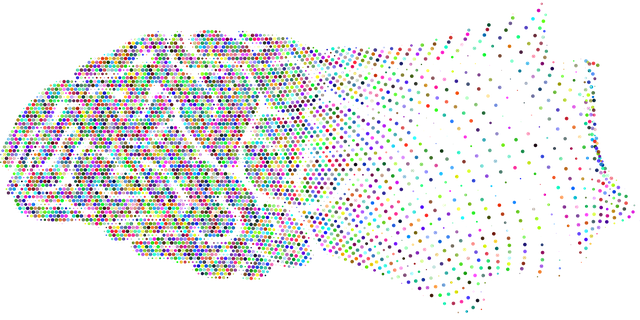The media's portrayal of mental illness, especially lesser-known conditions like Northglenn Adjustment Disorder (NAD), significantly impacts public understanding and support for therapy. Accurate representation in media can challenge stereotypes, reduce stigma, and encourage early intervention. Currently, NAD faces underrepresentation, hindering access to specialized Northglenn Adjustment Disorder Therapy. To address this, mental health professionals should implement tailored risk management planning, promote cultural sensitivity, and foster awareness about lesser-known disorders. Media industry collaboration with experts is crucial for responsible representation, ensuring authentic narratives based on insights that combat stigma and encourage help-seeking behaviors.
Mental illness representation in media is a complex issue with profound implications for public understanding. This article delves into the current landscape, exploring how stereotypes and misinformation impact societal perceptions of mental health. We shine a spotlight on lesser-represented conditions like Northglenn Adjustment Disorder, emphasizing the need for accurate portrayals. Through strategic guidelines, we offer solutions to enhance empathic media representation. Additionally, highlighting collaborations between media and mental health professionals fosters positive change, ensuring more nuanced narratives that promote awareness and understanding, including effective Northglenn Adjustment Disorder therapy approaches.
- Understanding Mental Illness Representation in Media: The Current Landscape
- The Impact of Stereotypes and Misinformation on Public Perception
- Northglenn Adjustment Disorder: A Focus on Underrepresented Conditions
- Strategies for Accurate and Empathic Portrayal in Film, TV, and News
- Fostering Change: Collaboration Between Media and Mental Health Professionals
Understanding Mental Illness Representation in Media: The Current Landscape

The media plays a pivotal role in shaping societal perceptions about mental health, often reflecting and influencing public understanding. Currently, representation of mental illness in media is a topic of heightened interest and debate. While some portrayals offer valuable insights and raise awareness, others perpetuate harmful stereotypes. Mental disorders, such as Adjustment Disorder, are frequently depicted either excessively dramatized or with a complete lack of nuance. This inconsistent and often inaccurate representation can have significant consequences for individuals living with these conditions, affecting their ability to seek necessary support, including Northglenn Adjustment Disorder Therapy.
The current landscape demands a more responsible and nuanced approach to mental illness in media. Professionals advocating for better representation emphasize the need for authentic storytelling that reflects the diversity of experiences. Implementing strategies like Risk Management Planning for Mental Health Professionals can ensure accurate portrayal while mitigating potential risks. Additionally, incorporating Compassion Cultivation Practices into media production may foster a more empathetic audience. Even Community Outreach Program Implementation can bridge gaps between media and mental health communities, ultimately contributing to more effective storytelling and improved public understanding of complex mental health issues.
The Impact of Stereotypes and Misinformation on Public Perception

The media plays a significant role in shaping public opinion and understanding of mental health issues. However, prevalent stereotypes and misinformation often contribute to stigmatization and misinformed perceptions. Portrayals of mental illness in movies, television shows, and news articles can either perpetuate harmful myths or offer valuable insights, depending on their accuracy and context. For instance, representing depression as a mere weakness or character flaw reinforces the stigma, hindering individuals from seeking necessary Northglenn Adjustment Disorder Therapy. On the contrary, authentic and nuanced portrayals can foster public awareness campaigns development, encouraging empathy and understanding, thereby reducing the associated social barriers for those suffering from mental health disorders.
When media content presents mental illness accurately, it challenges societal norms and promotes a more inclusive perspective. This is especially crucial in risk assessment for mental health professionals, as accurate representation can help identify and address symptoms early on. By dispelling myths and providing realistic portrayals, the media has the potential to drive meaningful conversations around depression prevention and overall public awareness, leading to better support systems and resources for individuals facing mental health challenges.
Northglenn Adjustment Disorder: A Focus on Underrepresented Conditions

In the media’s portrayal of mental illness, conditions like depression and anxiety often steal the spotlight, leaving less common disorders relatively unexplored. This is particularly evident with Northglenn Adjustment Disorder (NAD), a condition that significantly impacts individuals’ lives but remains largely understudied and under-represented. NAD, characterized by emotional instability and difficulties coping with everyday stressors, often goes overlooked in mental health discourse. This lack of representation poses challenges for both diagnosis and access to specialized Northglenn Adjustment Disorder therapy.
Addressing this gap requires a multifaceted approach. Mental health professionals must prioritize risk management planning tailored to diverse conditions like NAD, integrating cultural sensitivity into their practice to ensure inclusive care. Fostering awareness about these lesser-known disorders is crucial, encouraging open conversations and promoting understanding. Additionally, encouraging mental health professionals to develop robust self-care routines can indirectly benefit patients by ensuring practitioners remain equipped to handle a wide spectrum of mental health concerns, including those less frequently discussed, such as Northglenn Adjustment Disorder.
Strategies for Accurate and Empathic Portrayal in Film, TV, and News

In the realm of media, accurate and empathetic representation of mental illness is paramount. Film, TV, and news outlets play a crucial role in shaping public perception, thus, they must handle these topics with sensitivity and precision. To ensure effectiveness, creators should consult with mental health professionals during production to gain insights into specific disorders, their symptoms, and unique challenges. This collaboration can prevent stereotypes and misconceptions, fostering a more nuanced understanding among viewers.
Incorporating characters with authentic struggles, whether it’s anxiety, depression prevention strategies, or resilience-building journeys, allows audiences to connect on a deeper level. By showcasing the human experience without sensationalism, media platforms can contribute to breaking down stigma. Additionally, using Northglenn Adjustment Disorder Therapy as a reference point for treating and supporting individuals experiencing mental health issues can be immensely valuable, promoting practical solutions while fostering empathy among viewers.
Fostering Change: Collaboration Between Media and Mental Health Professionals

Media plays a significant role in shaping societal perceptions about mental illness, and accurate representation is crucial for fostering understanding and reducing stigma. Collaboration between media professionals and mental health experts is essential to challenge stereotypes and promote positive change. By bringing together these two sectors, meaningful narratives can be crafted that reflect the diversity of experiences with mental health issues.
Such partnerships enable the integration of real-life insights from mental health professionals into media content. This collaboration ensures that stories are not only compelling but also culturally sensitive and informative. It facilitates open dialogue about disorders like Northglenn Adjustment Disorder, improving public awareness and encouraging individuals to seek help for Anxiety Relief. Effective communication strategies can be developed through these partnerships, allowing for a more nuanced discussion of mental health, particularly in addressing the unique challenges faced by various demographics.
Mental illness representation in media has evolved, but challenges remain. By challenging stereotypes and misinformation, we can foster a more accurate and empathetic understanding of mental health. The case study of Northglenn Adjustment Disorder highlights the need for diverse representation, while strategies for accurate portrayal offer a roadmap forward. Collaboration between media professionals and mental health experts is crucial to driving positive change, ensuring that stories told on-screen reflect the realities of individuals seeking therapy and recovery. This collective effort can revolutionize how society perceives mental illness, paving the way for increased acceptance and support.
